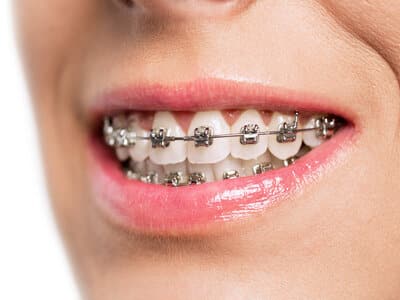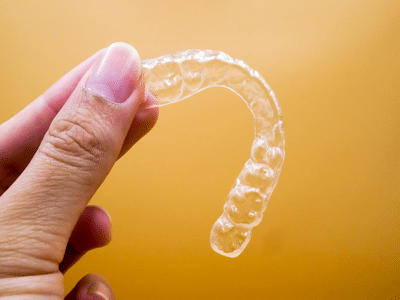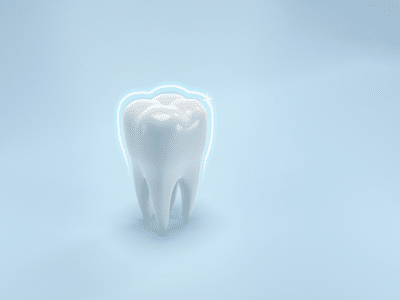
Asthma is a common respiratory disorder that affects millions of people worldwide. It can lead to a host of negative symptoms in the mouth, including decreased saliva production and higher rates of malocclusion. Asthma sufferers are also more likely to experience tooth decay and cavities due to the dry mouth associated with the condition. If you have asthma, it’s important to inform your orthodontist so that they can adjust your treatment plan accordingly.
Sleep apnea is another disorder that can benefit from orthodontic treatment. While it’s not caused by orthodontic issues, studies have shown that orthodontists are well-equipped to screen for the condition. In a routine orthodontic exam, your orthodontist can quickly identify signs of sleep apnea and refer you to a specialist for treatment. In some cases, tooth movement may be recommended as part of the treatment plan for sleep apnea.
In addition to treating asthma and sleep apnea, orthodontic treatment can also improve the overall appearance of your face. By adjusting the position of your teeth and jaw, your orthodontist can create a more balanced facial profile and improve your breathing and speech.
Overall, orthodontic treatment is a valuable tool for addressing a wide range of issues beyond just the appearance of your teeth. If you suffer from breathing or sleep disorders, consider speaking with your orthodontist to see how they can help.




